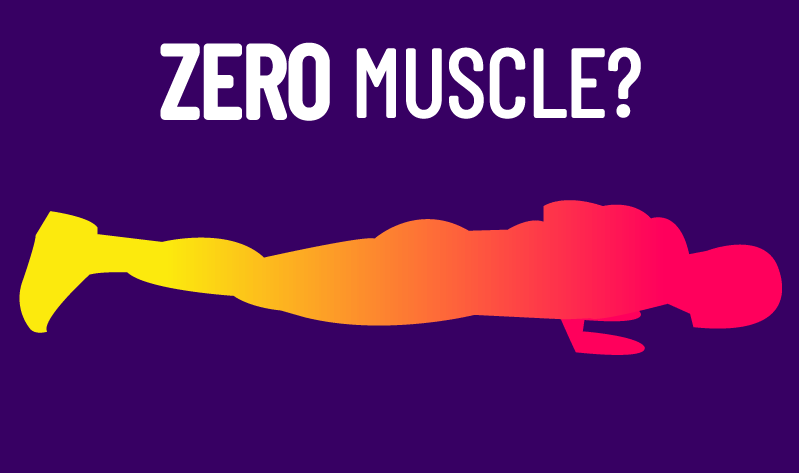
How effective is calisthenics (that’s bodyweight training) for muscle hypertrophy?
Can someone theoretically maximize hypertrophy using nothing more than their bodyweight?
Let’s have a look at what the scientific literature suggests.
Part I: Science on Bodyweight vs Weights
It’s widely believed the 6-12 rep range is superior for building muscle, and given bodyweight training is commonly done with higher reps, this may be used as evidence bodyweight training is suboptimal for muscle hypertrophy.
Yet, the science doesn’t support this.
A multitude of papers suggest per set, reps between 6 and 35 are comparably effective for building muscle, provided those reps are performed to or close to failure.
A strong hypothesis as to why lower and higher reps can be similar for hypertrophy is that they ultimately produce similar mechanical tension, the primary hypertrophy stimuli.
Mechanical tension is essentially the force experienced by muscle fibers, they have mechanosensors that can detect the force and convert it into a signaling cascade that produces hypertrophy.
To optimize overall mechanical tension, we’d want to recruit as many muscle fibers as possible and have the individual fibers produce decent tension for a sufficient duration.
Lower reps with heavier loads will instantly involve high mechanical tension and it only increases as you near failure.
Higher reps initially involve low mechanical tension, but as you continue repping out and nearing failure, more muscle fibers are recruited and many fibers may increase their force contribution.
So overall mechanical tension ends up being similar between lower and higher reps.
It’s worth also noting mechanical tension is mechanical tension, your body has no sensors to detect whether free weights, machines, or bodyweight is used to generate fiber tension. It’s not like just because you’re using a bodyweight exercise, your fibers refuse to grow.
It’s also worth noting other hypothesized stimuli like metabolic stress or microtears simply do not have compelling evidence they are powerful drivers of hypertrophy.
Thus, so long as your training bodyweight exercises to or close to failure in the 6 to 35 rep range, hypertrophy will effectively be stimulated.
We have further data supporting this.
A 2017 Japenese paper compared high rep bench press training to high rep push-up training, and chest and triceps growth ended up being similar between both.

A 2018 USA paper compared progressive push-up training with harder variations with lower reps to lower rep bench press training, and both groups saw chest growth (the percentages actually favored push-up training, but the difference was not statistically signficant, so the difference could be due to chance).
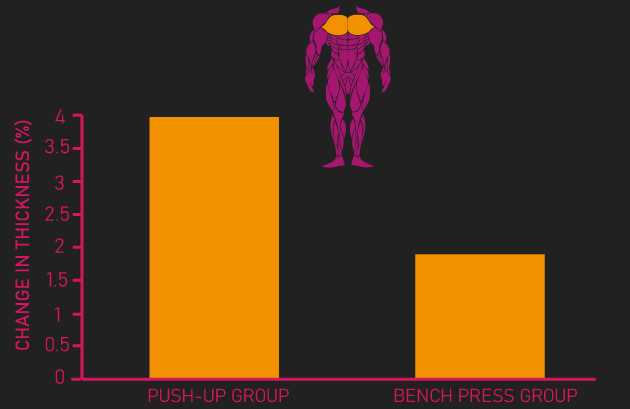
So bodyweight exercises can be effective for hypertrophy, but does this mean in the long-term bodyweight training as a whole is effective for hypertrophy?
There are some potential pitfalls of bodyweight training long-term.
Before addressing this, if you’re curious about creating an effective training program for muscle hypertrophy, our high quality partner alpha progression can help. It has multiple useful features. It can generate a high quality program for you, track your workouts live with in-built progression recommendations, provide graphs displaying your long term progress, and it has a massive exercise database with more than 550 exercises.
Click HERE (the link opens in a new tab) to get a free 2 week trial of the apps features. If you like it and go beyond, the link also gives you 20% off a subscription.
We never promote trash at the House of Hypertrophy, so rest assured the app is high quality. The reviews speak to this, 4.8 starts (based on more than 7,000 reviews) on Google play, and 4.9 stars in Apple’s store (based on nearly 400 ratings).
Part II: Progressive Overload Potential Pitfall
The most straightforward way to progressive overload bodyweight movements is to perform more repetitions, and so long as you stay within the 6-35 rep range, this is perfectly fine for hypertrophy.
The current data indicates progressing through increasing reps is no less effective for muscle growth than increasing load.
Now, it is also technically possible to increase load with bodyweight exercises, by using harder variations that have you work against a greater percentage of your body weight.
This can be done by manipulating body position or progressing to single-limbed variations.
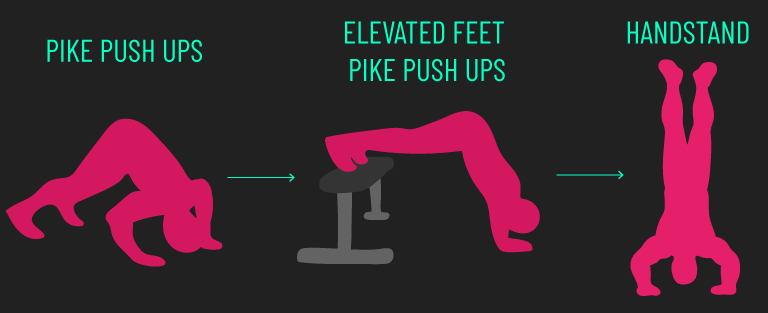

The current research indicates a wide range of rep tempos are comparable for inducing muscle growth , so attempting to slow your repetitions down or even add pauses can likely also be effective ways to progressive overload bodyweight movements.
Finally, although strictly not bodyweight, using added weight is also an option. Weighted calisthenics can absolutely be great for long-term progression.
This 2019 Norway study found that when load equating weighted push-ups and bench presses, recruitment of the chest, triceps, and shoulders was similar between them.
So summarizing this section, it is certainly possible to overload bodyweight exercises well in the long-term through an array of different methods, so I don’t believe this is a pitfall of calisthenics.
Part III: Regional Hypertrophy Potential Pitfall
Solid literature indicates muscles do not grow evenly across their regions in response to training an exercise.
The implication is training with a few biomechanically different exercises per muscle will likely better optimize its overall regional growth.
Thus, some may feel calisthenics may be limited in this area as they feel there’s not much exercise variety available.
Yet, this is not truly the case with the upper body at least.
You likely want to train the biceps at different shoulder angles, but this can be done with bodyweight variations (shown below).

Training the triceps at different shoulder angles is probably a good idea, and this again can be done with bodyweight variations.
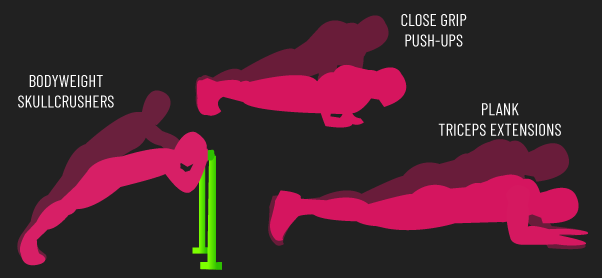
Training the chest at different incline angles can likely be useful, and this can be done with bodyweight.
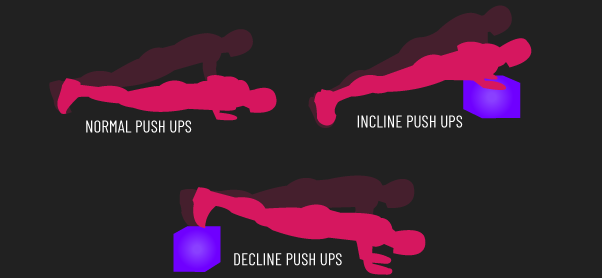
Finally, the back can also be trained with biomechanically different bodyweight movements.
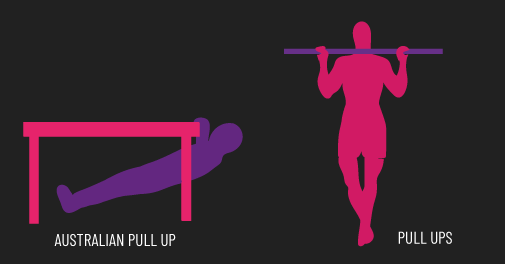
So summarizing this section, there are a variety of bodyweight exercises that can collectively optimize the regional growth of many muscles. It’s not necessarily a pitfall.
Part IV: Lower Body Potential Pitfall
Calisthenics may have some very real pitfalls around lower body training.
There’s evidence hamstring activation patterns differ between hip extension and leg curl based exercises. So to optimize overall hamstring development, you’d want both movements.
A leg curl bodyweight variation exists with the nordic curl, and this is an excellent exercise frequently used in the athletic world. But there’s no proper bodyweight hip extension exercise that will really recruit the hamstrings.
With the other main lower body muscles (the quads, glutes, and calves), exercise selection isn’t really a problem. You squatting variations that will hit the quads and glutes, reverse noridc curls that can hit the quads further, hip thrust variations that can hit the glutes further, and standing and seated calf raises for the calves.
The problem, however, is many of these are difficult to overload in the long-term.
Relative novices can perform way more than 35 reps on calf raise and hip thrust variations.
With squatting variations, progressing to pistol squats can take a while. But once you’re able to rep out on pistol squats, further long-term overloading with bodyweight alone is difficult.
So I think progressive overload with some lower bodyweight exercises is a real pitfall.
Due to this, I think it’s reasonable to speculate a person cannot max their lower body hypertrophy with calisthenics solely.
This shouldn’t be mistaken in saying no lower body hypertrophy occur with calisthenics, this is of course false.
I should also note that you still can train with more than 35 repetitions, it can still elicit muscle growth albeit just perhaps not as effectively as staying within that 6 to 35 range.
Part V: Summary
Bodyweight exercises can stimulate hypertrophy just as effectively as free weights/machines, provided you’re getting to or near to failure in the 6-35 rep range.
Overloading bodyweight exercises in the long-run needs a little creativity. Increasing rep numbers, using harder variations, or manipulating rep tempo are all viable strategies.
There exist an array of different bodyweight exercise variations that can collectively contribute to producing great regional development of your muscles.
Finally, I think it’s likely bodyweight training can be extremely effective in the long-term for upper body hypertrophy, but it most likely won’t be extremely effective for lower body development. Some regions of the lower body may not be trained with bodyweight variations, and some lower body weight exercises are igoing to be virtually impossible to successfully overload in the 6-35 rep range long term, limiting their effectiveness.

